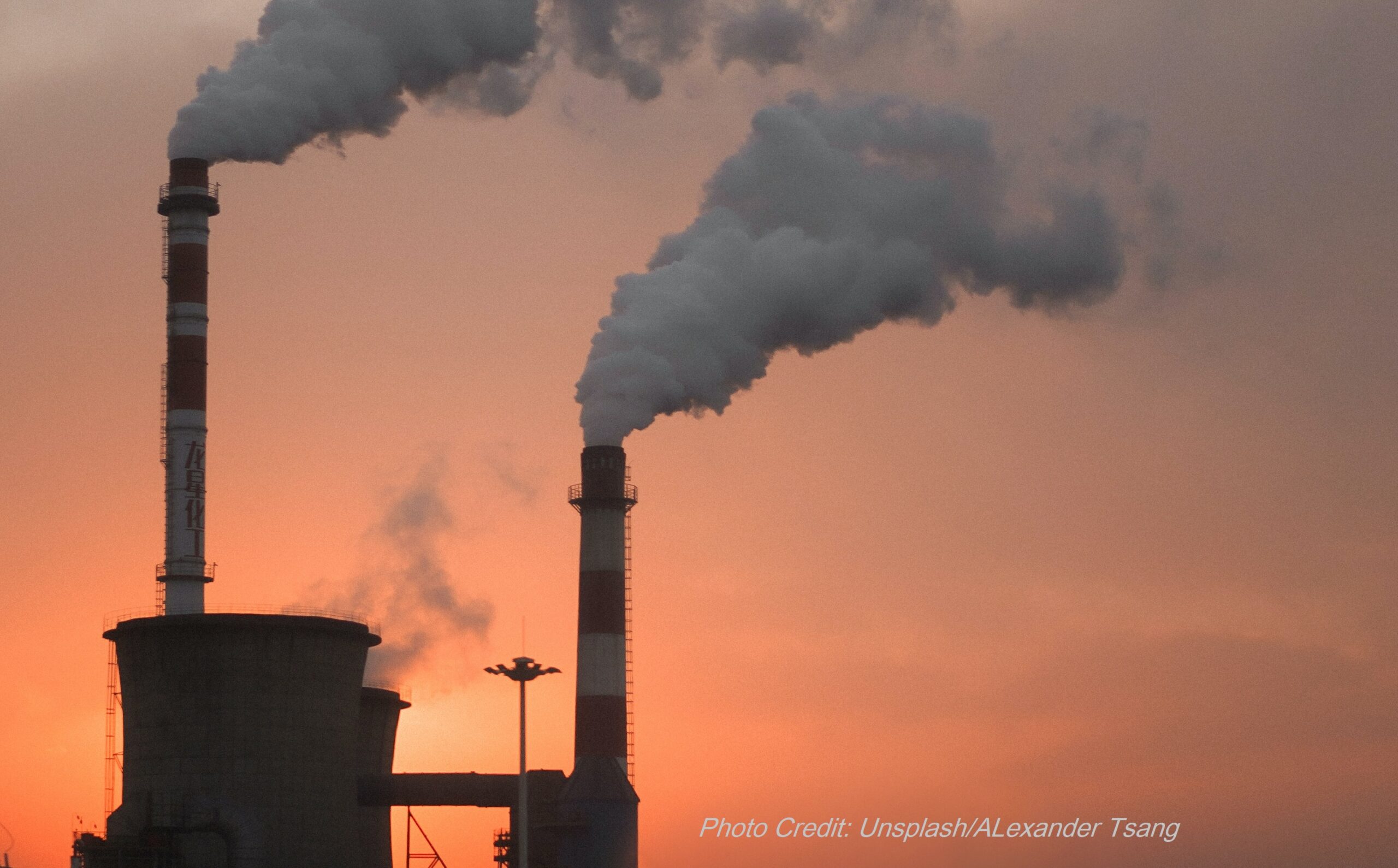This important article published 2 weeks ago shows that historical redlining is still having environmental effects that can affect people’s health today.
The researchers measured temperatures in 108 areas, and used spatial analysis to relate the temperatures to the historical practice of redlining.
They found that on average, areas that had been historically redlined were 5 degrees F hotter than non-redlined areas, with some areas as much as 10-13 degrees F hotter. This was true in all areas of the country: northeast, south, midwest, and west. Heat affects pregnancy outcomes by causing babies to be born earlier. Heat is one of the health effects of climate change, and this study shows that historical redlining will continue to contribute to disparities in the effects of climate change. It also contributes to disparities in energy burden.
The study also found that there is less tree canopy in historically redlined areas. Other studies have shown that vegetation (bushes, trees) helps trap or filter some of the particles in particle pollution, so having reduced tree canopy not only means formerly redlined areas are hotter, it also contributes to increased exposure to particle pollution compared to other areas.
We can and should do something about this.
Effects of Historical Housing Policies on Heat
01/24/2020






Comments are closed.